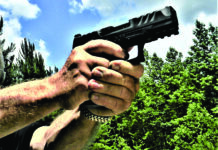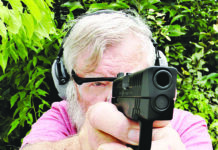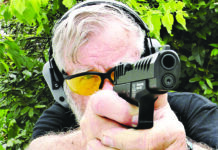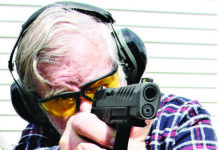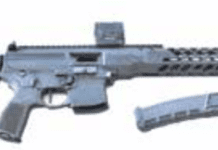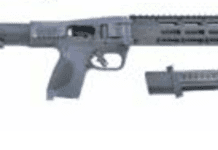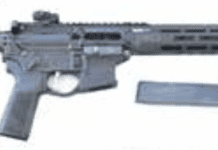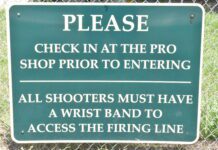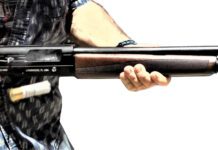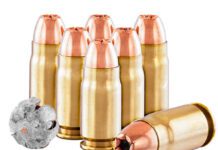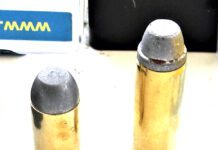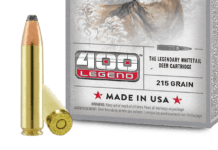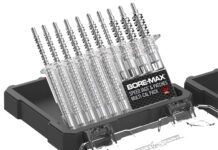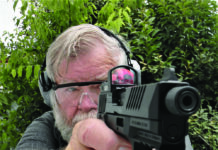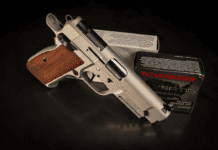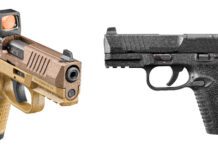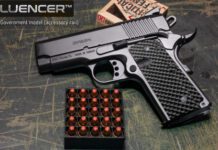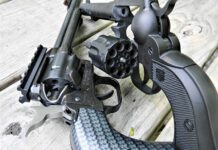GunReports.com Video: Mossberg’s New Modular Shotgun
Super-Capacity Shotgun Mag: Is Roths XRAIL a Good Buy?
Freedom Group Appoints Nardelli as CEO
Samco Global Arms completesnew AKKAR-USA service center
Browning Announces A-5 Semi-Auto Shotgun
Taurus 2011 New Product Introductions
Here's a look at the 2011 new products from Taurus.
Shotgun Defense Choices: We Pick Two Fiocchi Loads
Shotgun Defense Choices: We Pick Two Fiocchi Loads
Mossberg 500 Persuader/Cruiser 3-inch 20 Gauge 6-Shot
For home defense, the focus is usually on 12-gauge shotguns, but Gun Tests magazine recently tested a 20 gauge that for many—if not all—folks would be a better choice because of its lighter weight and reduced recoil: The Mossberg 500 Persuader/Cruiser 3-Inch 20 Gauge 6-shot No. 50452, $388.
How To Disassemble The Browning Auto-5
Shortly after 1900, John Moses Browning took his idea for an autoloading shotgun to the U.S. Patent Office after parting ways with the Winchester Gun Co. The relationship ended when Winchester president T.G. Bennett wanted nothing to do with an "automatic.
Gathering his prototypes from the drafting room, Browning left Winchester to make an appointment to see Marcellus Hartley, president of Remington Arms Co. Over the phone, he received an enthusiastic response, so a meeting was set up to show Remington his wares. Sitting in Hartley's office, Browning was told that the president of Remington Arms Co. had died of a heart attack that very morning. Lacking any potential American manufacturers with the means to produce his newly created semiautomatic shotgun, Browning began the search elsewhere.
The famous firearms manufacturer, Fabrique Nationale d'Armes de Guerre, located at Herstal, Liege, Belgium, was waiting with open arms. By the end of 1961 alone, F.N. had produced 1,377,785 of the Model A-5 shotguns. Remington Arms produced approximately 300,000 of its Model 11, and Savage Arms produced thousands of the Model 720, with very little variance from the original design, under license from the F.N. factory. These shotguns are but three of Browning's legacies, and because of the numbers that were produced, you may run across them in your gunsmithing adventures.


